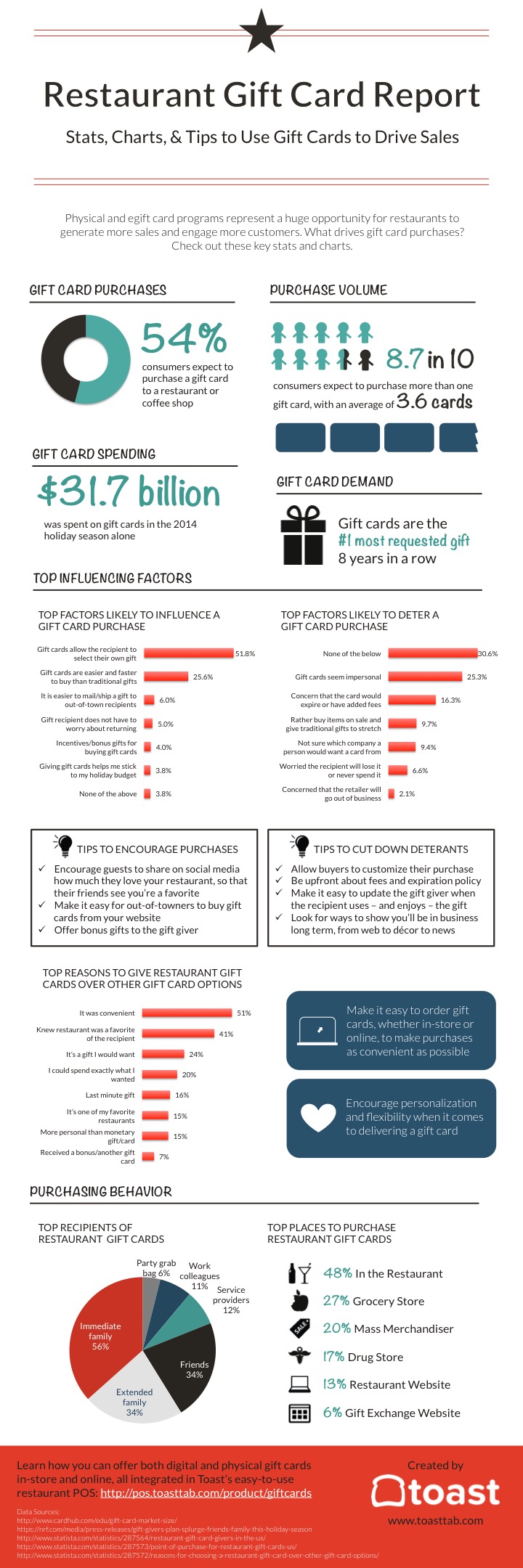Personalized glass honors evoke an undeviating spirit of commitment and quality. They promote a society of recognition that transcends hierarchical boundaries.
Wheel engraving is shown on a cup most likely made in the 1700s covered with intricate Chinese-style motifs. These themes revealed obligation to the Jacobite reason. This is a remarkable example of exactly how imported Eastern items affected European design trends.
Origins
As glassmaking ended up being a lot more innovative, engravers realised that a design added to a piece of glass transformed it from practical right into preferable. They trying out a variety of scratching, abrading and cutting methods.
The most proficient engravers generated great detailed work. Anna Roemers Visscher, who was a glass cutter and engraver, was renowned for her delicate flowers, influenced by the natural history books prominent in her time.
Engravers likewise sculpted great linework right into glass. By the end of the 17th century, engravers had actually started to desert straight quality in favour of crosshatched chiaroscuro results. Among the earliest instances is videotaped on a container by a Rotterdam engraver that authorized his collaborate with a jotted liberty and vigour that raised it over the remainder.
Inscribing remained to be a preferred strategy, although it was significantly overshadowed by cut glass and brand-new strategies such as etching, which was less costly than inscribing. Nonetheless, economic pressures after c1905, along with decreasing top quality of cut glass, saw a surge in the appeal of personalized glass, referred to as rock crystal.
Methods
Glassmakers utilized a range of methods to mark or embellish the surface of a vessel, frequently combining different methods. One technique called stipple inscription, as an example, makes use of a factor of tungsten or ruby to make small dots on the glass surface which create contrasting white lines when light shines through them.
Personalized glass honors are valued for their sophistication and reputation. They show the deep esteem and respect that companies hold for their employees and foster a society of quality.
The clarity of glass embodies the transparency and sincerity of company acknowledgment, motivating recipients to take stock of their success and review their trip in the organization. Moreover, the ability of personalized glass to present individualized text and imagery permits the production of extremely distinct and meaningful honors that stimulate the sense of majesty associated with this impressive product.
Styles
From the sleek lines of company honors to the etched text on glass prizes, etched crystal is a stylish symbol of acknowledgment. Whether shown on someone's desk or kept as a memento, these individualized pieces share a feeling of eminence and professionalism and reliability that is difficult to locate in various other materials.
The design of personalized glass has transformed gradually to show changing preferences and technological advances. The old method of copper-wheel engraving has actually resisted predictions of obsolescence, and brand-new methods like etching are taking control of where stippling when held sway.
The earliest diamond-point engraving, of the 16th century, is tight and official. It gradually came to be a lot more supple and pleasing, yet might easily deteriorate into over-elaboration. In the 19th century Thomas Webb & Sons presented "rock crystal" with deep cutting and copper-wheel engraving, which imitated high-end vessels cut of rock crystal in Europe and the Orient (see Ewer by Webb & Sons). The firm's major engravers were Bohemian immigrants Frederick Engelbert Kny and William Fritsche, who authorized their deal with a monogram G.
Definition
Engraved glass was pricey and demanded. This was because it included the most requiring glass refining technique and relied on the precision and initiative of a competent craftsman. The acme of engraving can be found in the 17th century and was very much a part of the Baroque and Rococo durations.
During this moment, engraved cups could be used to connect messages of social status. They would certainly display family members crests and political loyalties. They can likewise flaunt one's taste for the most up to date fashion and layout trends.
Today, personalized glass is still an important art kind. However, developments in technology and laser innovation have streamlined the procedure and made it more exact. The resulting detailed styles are both magnificent and resilient. In addition, new types of glass have actually been created to respond much better to lasers. This has actually expanded the opportunities for artists here and designers. It additionally reduces the ecological impact of the process. As an example, optical crystal is an outstanding option for personalized awards due to the fact that it is clear and reflects light well.
